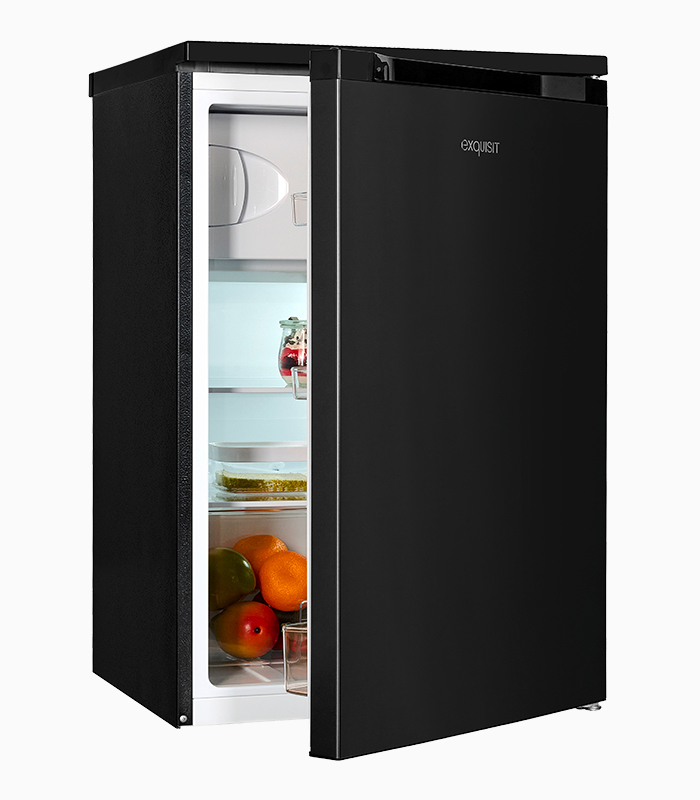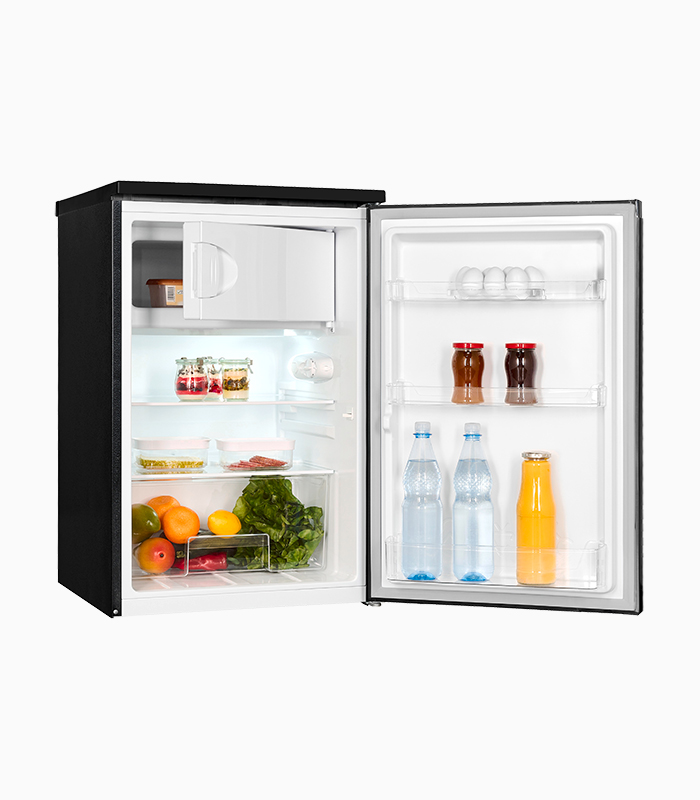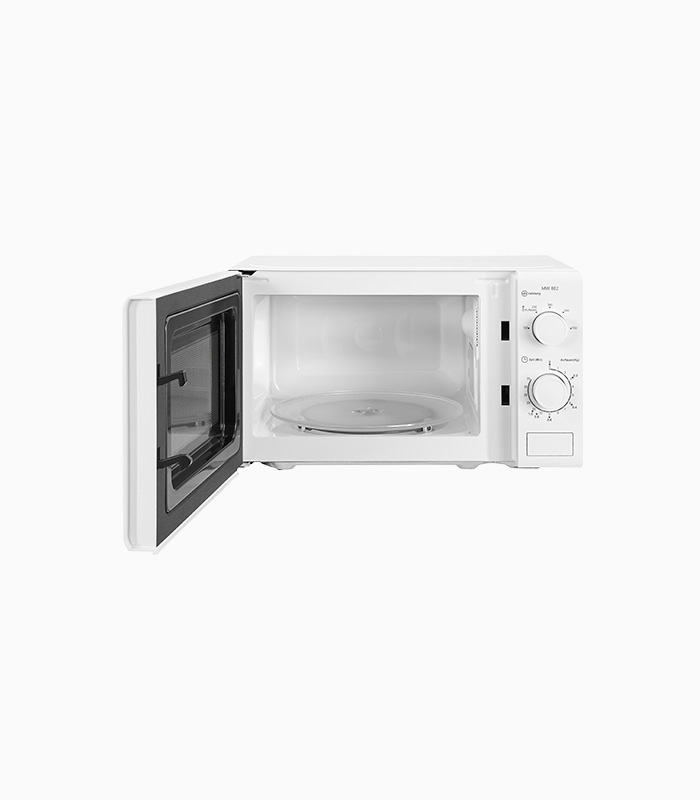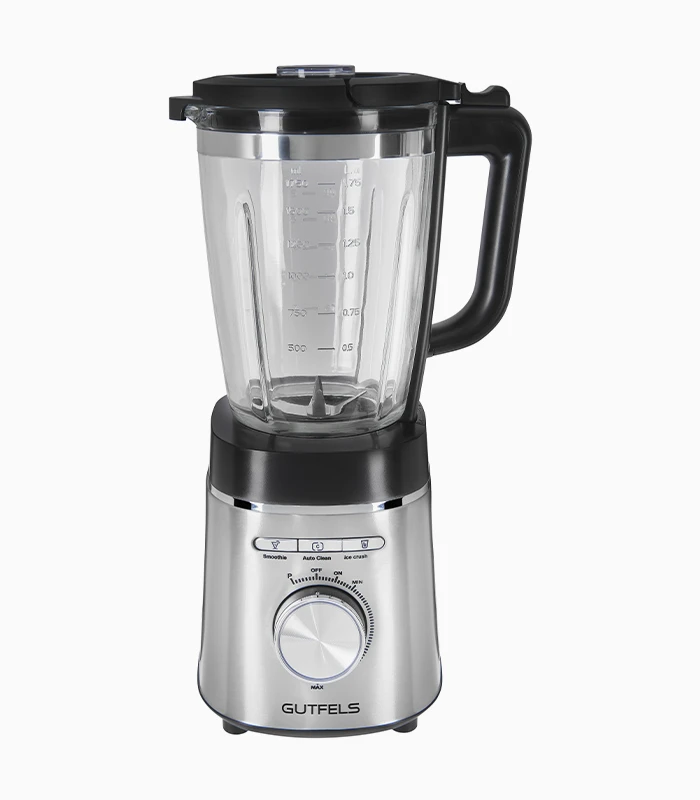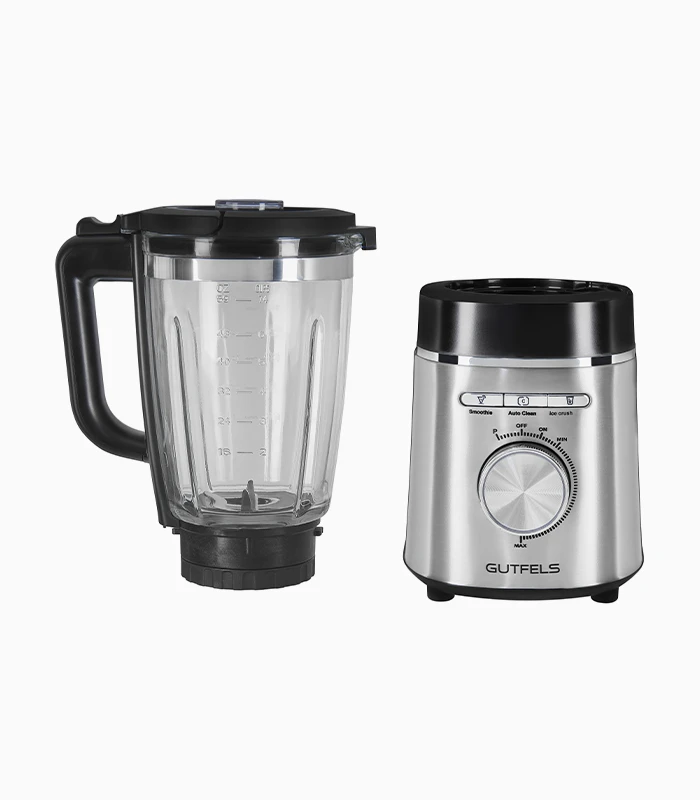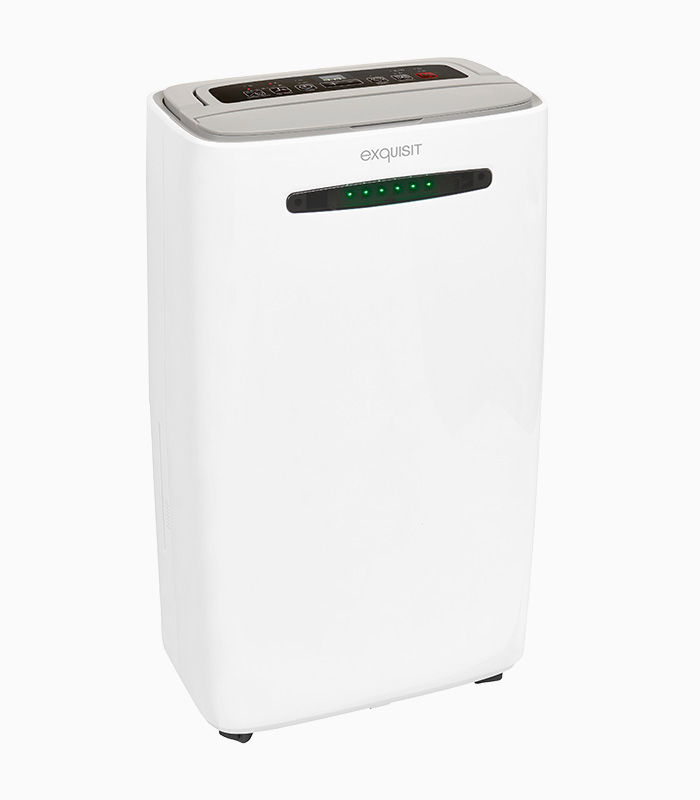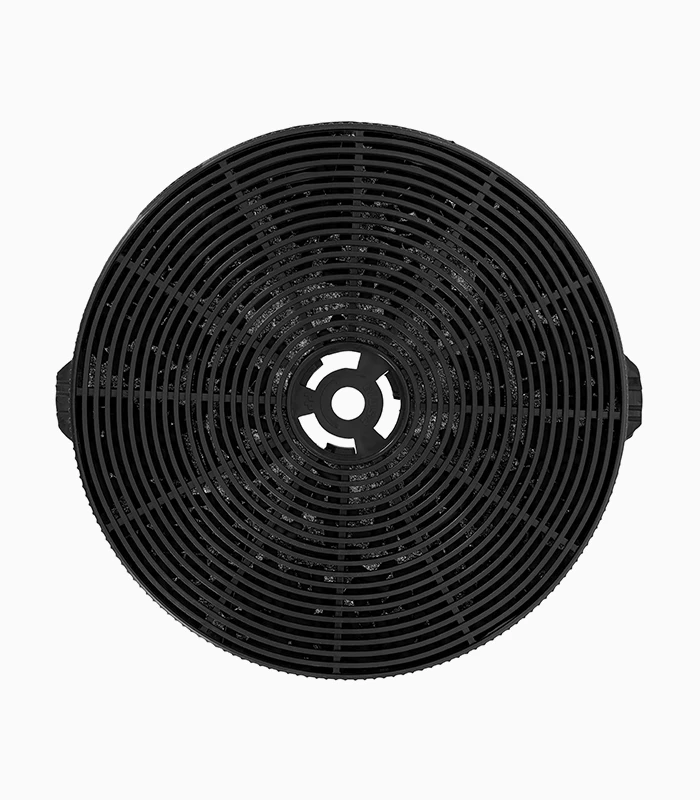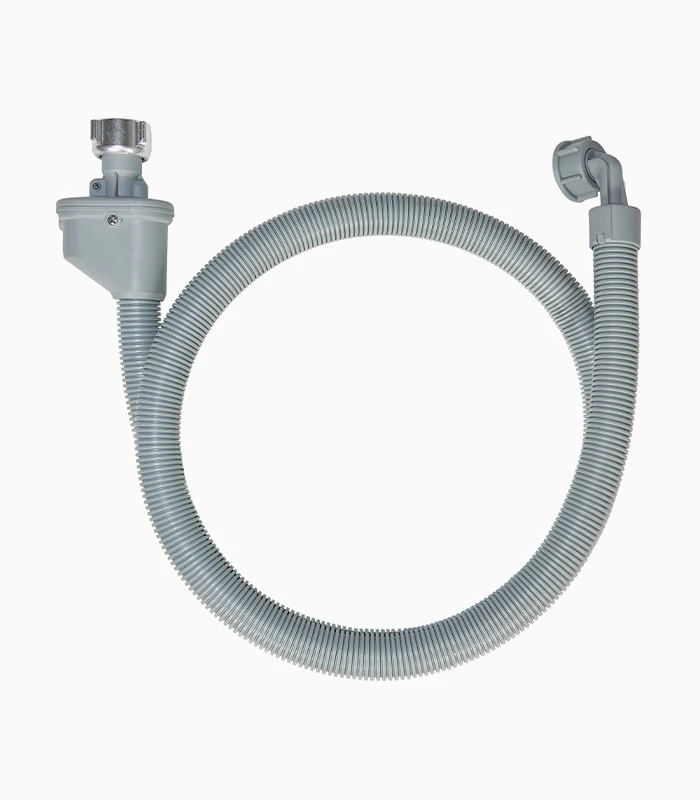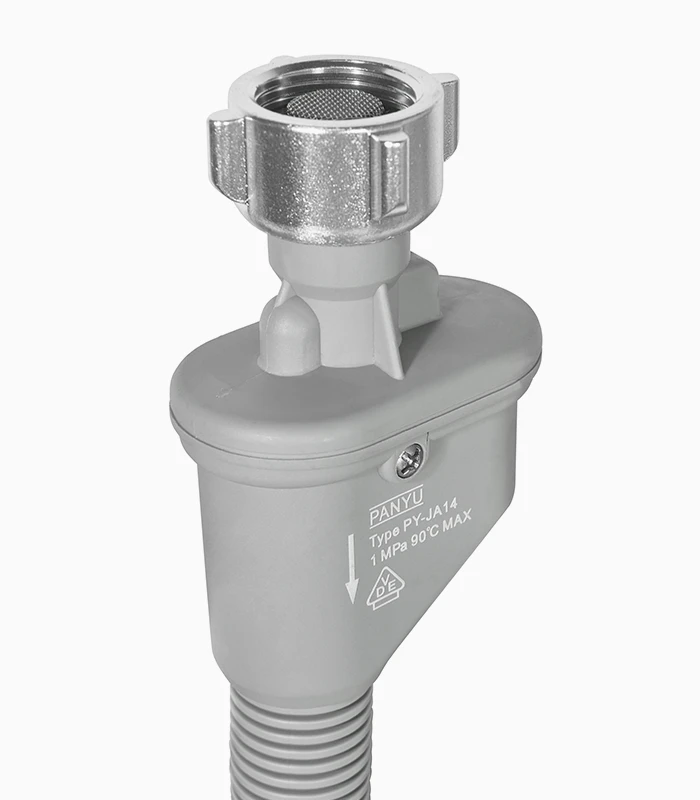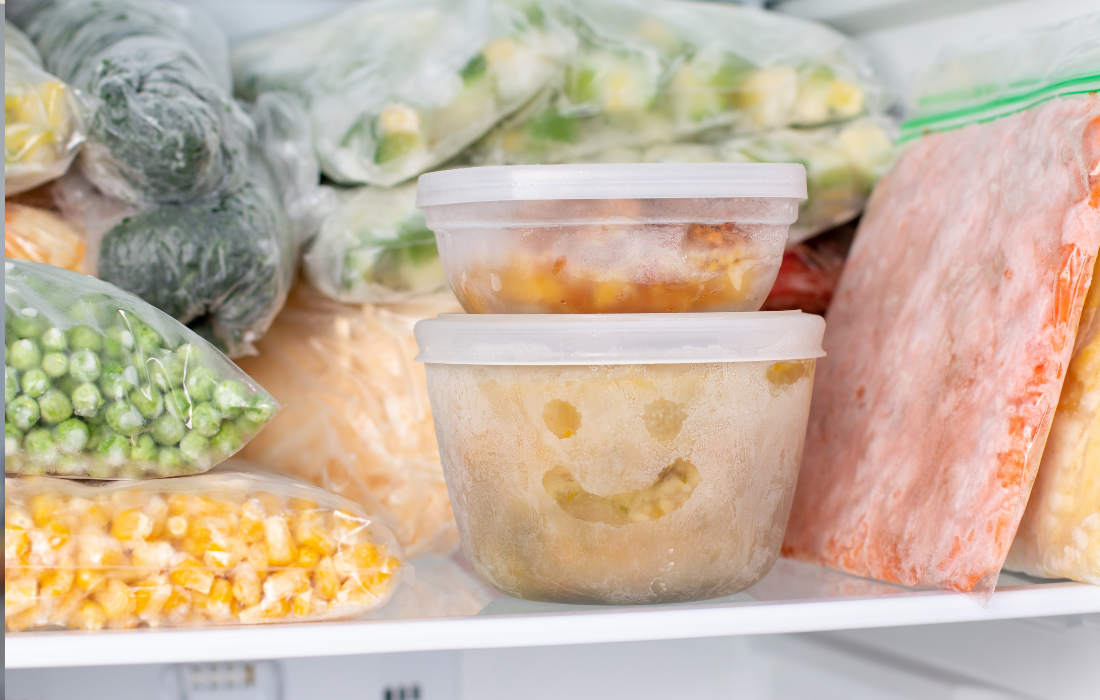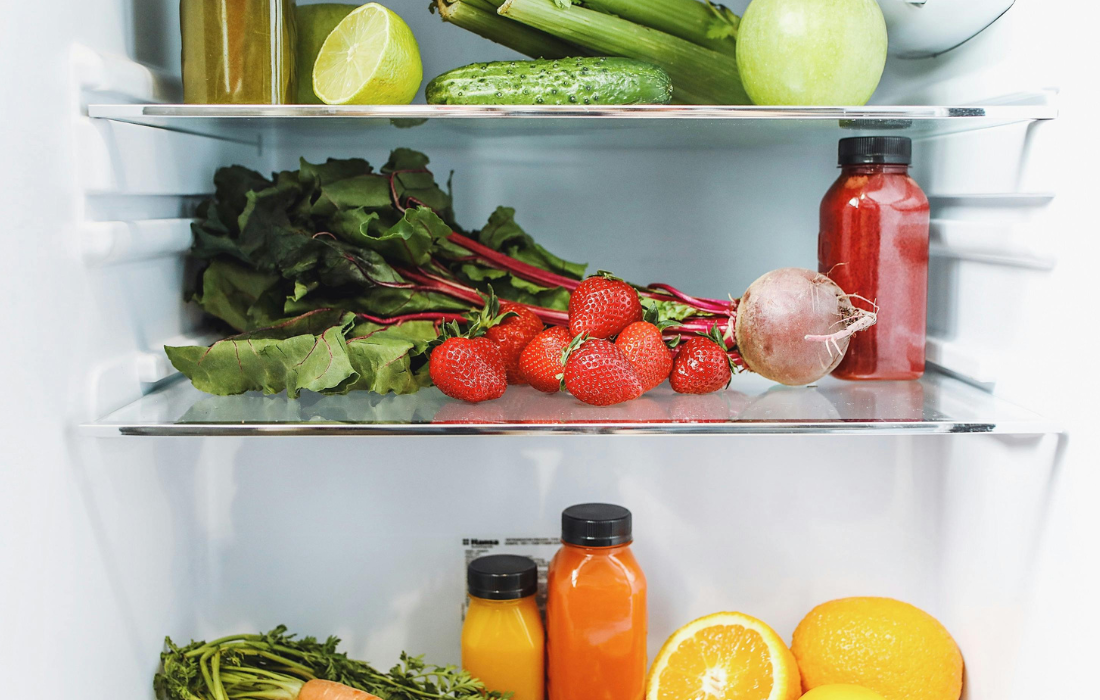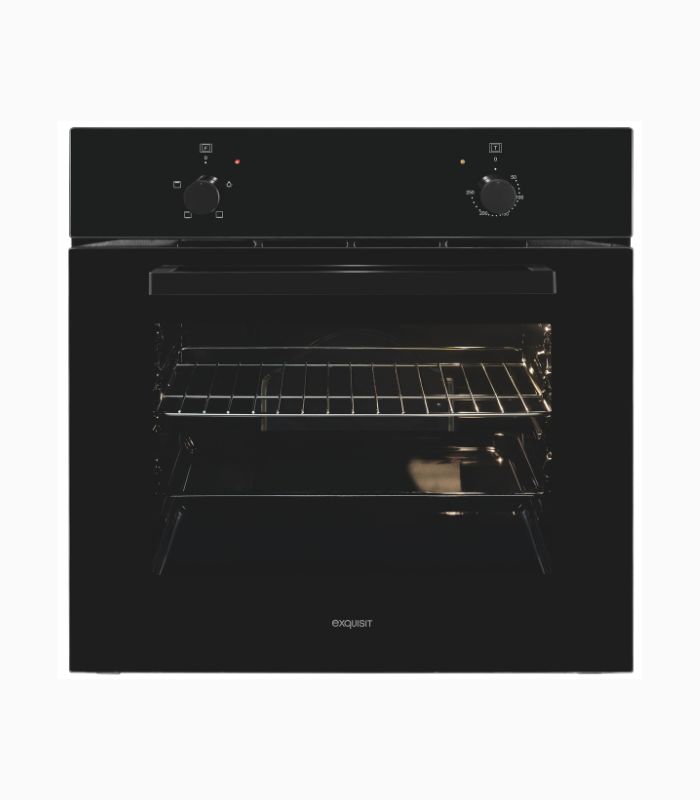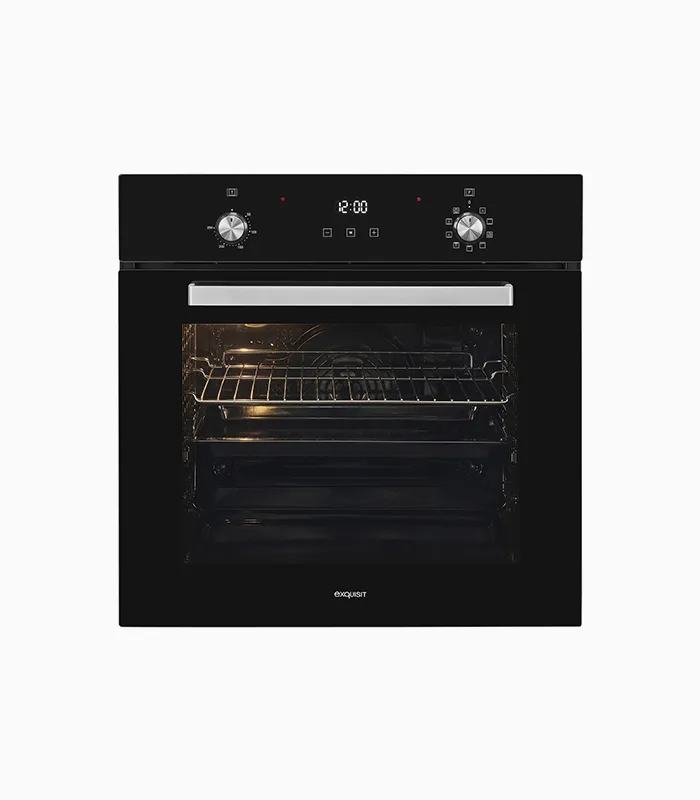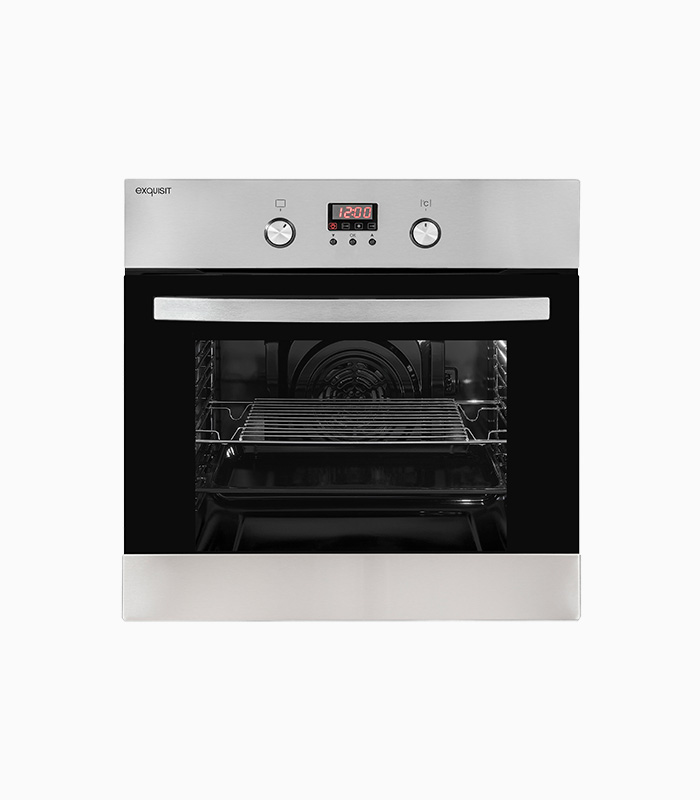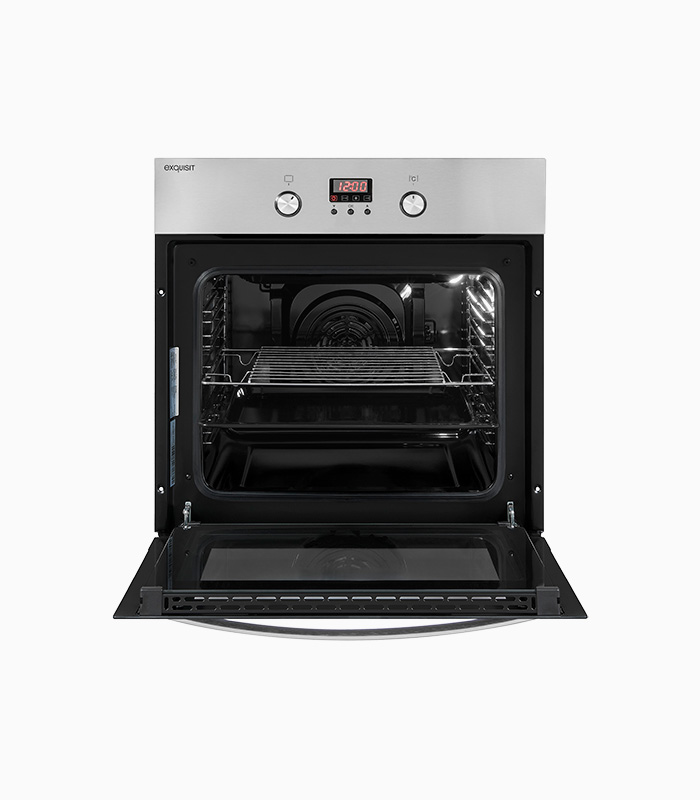Preheat correctly: when and why you should do it

Who doesn't know it? You stand in the kitchen that growls the stomach, and you would like to get started with baking or roasting immediately. But then you read in many recipes: "Preheat the oven to 180 ° C". Is this really necessary or can you just skip this step? We clarify when preheat makes sense and when you can confidently do without it.
Why preheat?
The preheat of the oven has a simple reason: it ensures a constant temperature from the start. This gives their dishes more evenly and they achieve better baking results. This can make the difference between success and failure, especially with sensitive recipes such as cakes or soufflés.
When should you preheat?
✔️ For baked goods : cake, bread and pastries need the right temperature right from the start to optimally open and form a crispy crust.
✔️ For crispy meat : If you want to prepare a juicy steak or crispy chicken leg, preheating is a must. The high initial temperature ensures a quick crust that includes the meat juice inside.
✔️ At Pizza : A well -preserved oven is essential for a crispy pizza. Ideally, you can even use a pizza stone that you can heat up.
✔️ For sensitive dishes : soufflés, macarons and other fine biscuits react sensitively to temperature fluctuations. Preheat is particularly important here.
When can you do without preheating?
✖️ In the case of casseroles : You can easily push casseroles and gratins into the cold oven. They cook slowly and evenly, even if the temperature gradually increases.
✖️ For braised dishes : Goulash, ragout or other braised dishes need long cooking times at low temperatures. Preheat does not matter here.
✖️ For roasts : large pieces of meat like roast pork or a goose can also be put in the cold oven. You need a long cooking time anyway, in which the temperature can be evenly distributed.
Energy-efficient preheat
- Use the recirculation function: it distributes the heat faster and more evenly in the oven.
- Avoid opening the oven door during preheating.
- Planning the preheating time to save energy.
Conclusion
Preheat is not always necessary, but can make the decisive difference in many dishes. Note the recommendations in your recipes and experiment a little. Over time, you develop a feeling for when preheating makes sense and when you can confidently do without it. So your dishes succeed perfectly and you save energy at the same time.

My additional tip:
"Use the circulating air function of your oven to save energy and at the same time to shorten the baking time. Circulation distributes the heat evenly in the oven, which enables the temperature to be reduced by about 20–30 ° C without it affecting the baking result. This is particularly efficient if you want to bake several dishes at the same time."
The day
Suitable devices from Exquisit
The day

